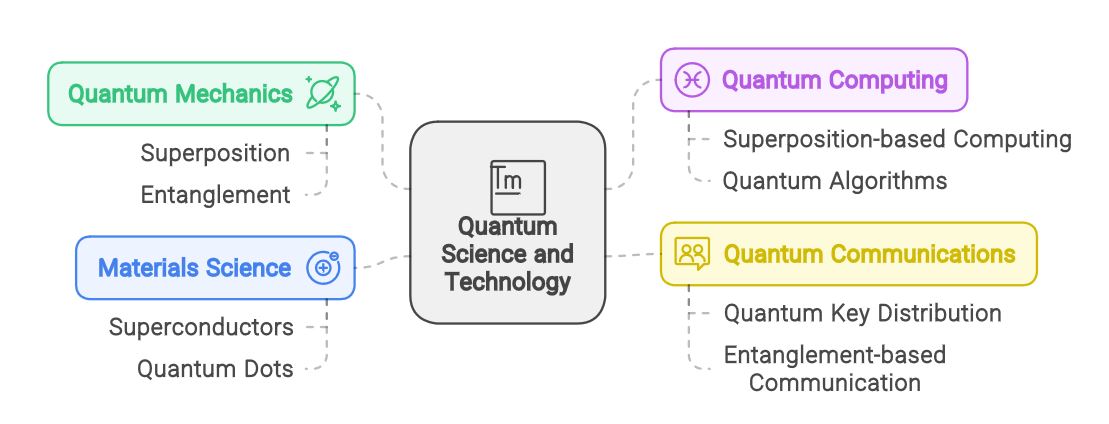Note4Students
From UPSC perspective, the following things are important:
Prelims level: Antarctic Treaty
Mains level: Significance of Antarctic Treaty in geopolitics

The 1959 Antarctic Treaty (wef 1961) recently celebrated its 60th anniversary.
Antarctic Treaty
- The Antarctic Treaty and related agreements are collectively known as the Antarctic Treaty System (ATS).
- It regulates international relations with respect to Antarctica, Earth’s only continent without a native human population.
- For the purposes of the treaty system, Antarctica is defined as all of the land and ice shelves south of 60°S latitude.
- The treaty entered into force in 1961 and currently has 54 parties.
- The treaty sets aside Antarctica as a scientific preserve, establishes freedom of scientific investigation, and bans military activity on the continent.
- The treaty was the first arms control agreement established during the Cold War.
- India is a signatory of this treaty since 1983.
Why is it significant?
- Negotiated during the middle of the Cold War by 12 countries with Antarctic interests, it remains the only example of a single treaty that governs a whole continent.
- It is also the foundation of a rules-based international order for a continent without a permanent population.
Key provisions
- The treaty is remarkably short and contains only 14 articles.
- Principal provisions include promoting the freedom of scientific research, the use of the continent only for peaceful purposes, and the prohibition of military activities, nuclear tests and the disposal of radioactive waste.
What the treaty says about territorial claims
- The most important provision of the treaty is Article IV, which effectively seeks to neutralise territorial sovereignty in Antarctica.
- For the Antarctic territorial claimants, this meant a limit was placed on making any new claim or enlargement of an existing claim.
- Likewise, no formal recognition was given to any of the seven territorial claims on the continent, by Argentina, Australia, Chile, France, New Zealand, Norway and the United Kingdom.
- Russia, the United States and China — signatories with significant Antarctic interests who have not formally made territorial claims — are also bound by the limitations of Article IV.
- And one sector of Antarctica is not subject to the claim of any country, which effectively makes it the last unclaimed land on earth.
- The treaty also put a freeze on any disputes between claimants over their territories on the continent.
How the treaty has expanded
- Though the compact has held for 60 years, there have been tensions from time to time.
- Argentina and the UK, for instance, have overlapping claims to territory on the continent.
- When combined with their ongoing dispute over the nearby Falkland (Malvinas) Islands, their Antarctic relationship remains frosty.
- Membership of the treaty has grown in the intervening years, with 54 signatories today.
Where to from here?
- While the Antarctic Treaty has been able to successfully respond to a range of challenges, circumstances are radically different in the 2020s compared to the 1950s.
- Antarctica is much more accessible, partly due to technology but also climate change.
- More countries now have substantive interests in the continent than the original 12.
- Some global resources are becoming scarce, especially oil.
Answer this PYQ:
Q.The term ‘IndARC’, sometimes seen in the news, is the name of:
(a) An indigenously developed radar system inducted into Indian Defence
(b) India’s satellite to provide services to the countries of Indian Ocean Rim
(c) A scientific establishment set up by India in Antarctic region
(d) India’s underwater observatory to scientifically study the Arctic region
Back2Basics: Indian Antarctic Program
- The Indian Antarctic Program is a multi-disciplinary, multi-institutional program under the control of the National Centre for Polar and Ocean Research, Ministry of Earth Sciences.
- It was initiated in 1981 with the first Indian expedition to Antarctica.
- The program gained global acceptance with India’s signing of the Antarctic Treaty and subsequent construction of the Dakshin Gangotri Antarctic research base in 1983 superseded by the Maitri base from 1989.
- The newest base commissioned in 2012 is Bharati, constructed out of 134 shipping containers.
Various missions
In 1981 the Indian flag unfurled for the first time in Antarctica, marking the start of Southern Ocean expeditions under the environmental protocol of the Antarctic Treaty (1959).
(1) Dakshin Gangotri
The first permanent settlement was built in 1983 and named Dakshin Gangotri. In 1989 it was excavated and is being used again as supply base and transit camp. It was decommissioned in the year 1990 after half of it got buried under the ice.
(2) Maitri
The second permanent settlement, Maitri, was put up in 1989 on the Schirmacher Oasis and has been conducting experiments in geology, geography and medicine. India built this station close to a freshwater lake around Maitri known as Lake Priyadarshini.
(3) Bharati
Located beside Larsmann Hill at 69°S, 76°E, Bharati is established in 2015. This newest research station for oceanographic research will collect evidence of continental breakup to reveal the 120-million-year-old ancient history of the Indian subcontinent.
(4) India Post Office in Antarctica
It was established in the year 1984 during the third Indian expedition to Antarctica. It was located at Dakshin Gangotri. This post office was indeed situated in a stunning location and it was more than just a post office. An interesting fact about this place is that as many as 10,000 letters were posted and canceled in this post office in total in the first year of its establishment.





































